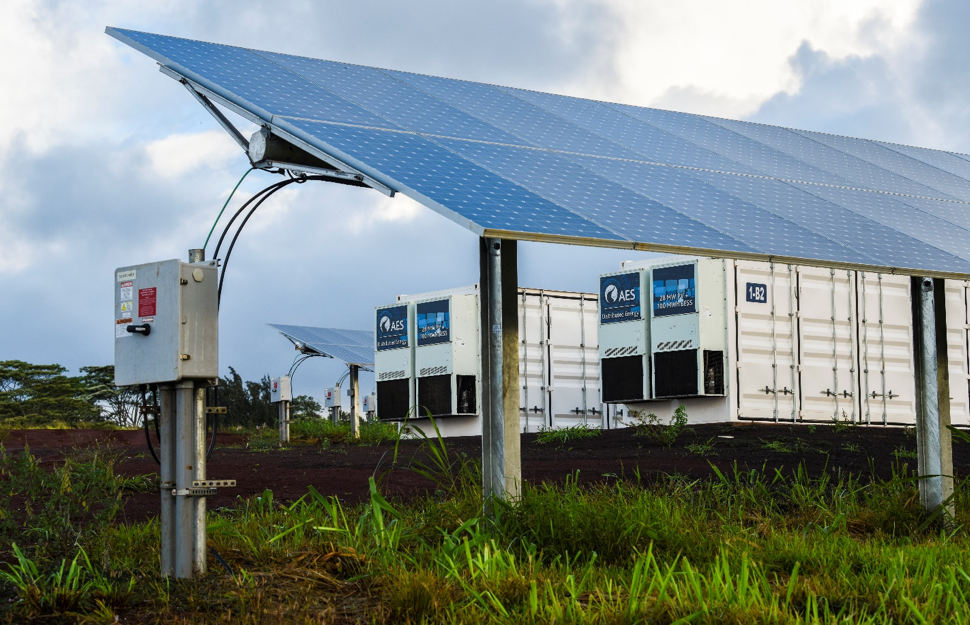SPI Sneak Preview: Promoting Solar in a Time of Changing Clean Energy Politics

It’s a brave new world out there for those of us who advocate for and promote clean energy.
For years, we’ve been walking a PR tightrope – being careful not to rely too heavily on messages about climate change and reducing carbon emissions. And thanks to plummeting costs and massive job creation, we haven’t really needed to. Wind and solar have built a strong reputation because these technologies make economic sense and are top job creators year after year.
But ever since the 2018 midterm election and its wave of first-time elected officials across all levels of government, climate change has been part of the public discourse in a way that no one fully anticipated. We’re now seeing a resurgence of messaging that includes solar, storage, and wind as part of the solution to climate change. And the voices who are articulating the need for more renewables are coming from both political parties.
Of course, these conversations have been happening for decades, but they haven’t had the kind of visibility and staying power we’re seeing now. Every week, a new story on climate solutions or impacts seems to hit national news, or a high-profile politician unveils a plan to combat climate change.
Clean energy communicators need to adapt to this shifting environment. We have to acknowledge that elected officials and business leaders are finally starting to catch up with public opinion, which has long been strongly in favor of more clean energy. We have to weave messages about jobs and competitiveness into messages about building a 100% clean energy future – not just because it will improve American energy security and enhance our prosperity, but because it will help fulfill our commitments to reducing global carbon emissions and stave off the worst effects of catastrophic climate change.
In addition to the evolving nature of public climate conversations, we also need to recognize the current political climate and environment we all operate in. Most Americans – and politicians for that matter – don’t want to hear from a dozen different technologies all arguing for themselves in the fight to combat climate change. Those of us who represent specific industries or solutions have to place our efforts in context and work together to put forward a holistic vision for a clean economic future.
We may disagree on the tactics and strategies to get there, but I think we can all agree that the next generation of our electricity system is greater than the sum of its parts. We will need to work together to figure out how to best support the growth of clean energy across the country.
At Solar Power International in Salt Lake City, we’ll be hosting a robust discussion on these topics and more on Wednesday, September 24 at 2:00pm. The “Changing Dynamics for Marketing & PR in the Solar+ Decade” session will be a deep dive into how today’s political environment will influence climate messaging we see in the 2020s.
I hope you’ll join us as we help shape the future of clean energy communications.
This post is part of the SPI Sneak Preview series by staff at the Solar Energy Industries Association. This series of blog posts explores the hot topics you will be seeing at Solar Power International in Salt Lake City, UT. To see what else SEIA has planned for SPI and North America Smart Energy Week, visit www.seia.org/SPI.

